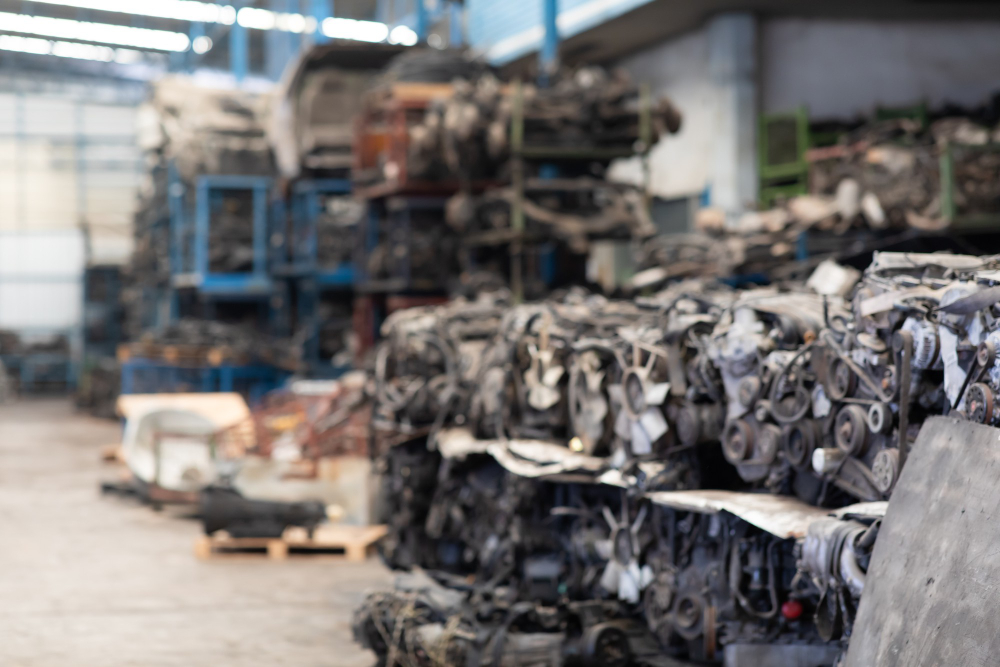The manufacturing industry plays a pivotal role in the economy but it is also responsible for a significant amount of waste generation. In fact, 17% of all waste worldwide can be attributed to this sector.
There are a multitude of areas contributing to the waste produced in manufacturing. One factor is the sector’s diversity of types of manufacturing processes involved. This diversity poses challenges when implementing waste reduction strategies that can be universally applied across the industry.
Another factor contributing to waste is the inefficiency prevalent in manufacturing processes. These inefficiencies often result in by products, scrap materials and other forms of waste.
To address these challenges technology offers solutions. By embracing advancements manufacturers can enhance process efficiency and significantly reduce waste generation.
Here are some specific examples illustrating how technology can play a role in cutting down on waste within the manufacturing sector;
Automation; Leveraging automation technologies enables the streamlining of manufacturing processes while minimizing reliance on labour. This approach can contribute to waste reduction by minimizing the occurrence of errors. Robotics for instance enables the execution of repetitive tasks that would otherwise be handled by humans, this aids in decreasing waste by mitigating injuries and accidents.
Data analytics is another tool that can be utilized to identify areas where manufacturing processes can be optimized. By doing this aids in waste reduction by minimizing the amount of scrap material generated. Cutlists are a useful form of this process, they work by calculating the optimal arrangement of components cut out of a single sheet of building medium be it wood, plastic, metal or other material. Cutlists can be generated by dedicated software such as Wooddesigner or Atelierbois (French Version)
Sensors play a role well by monitoring manufacturing processes and detecting potential issues at an early stage. This proactive measure helps reduce waste by preventing the production of faulty products.
Furthermore, 3D printing offers a solution for creating prototypes and customized parts on demand. This innovative approach effectively reduces waste by eliminating the need to produce quantities of parts ahead of time.
Aside from these technologies, manufacturers have other means at their disposal to leverage technology in reducing waste. For instance, they can improve inventory management through technology adoption resulting in stock requirements. Furthermore enhancing communication channels, with customers and suppliers through technology implementation minimizes errors significantly.
The integration of technologies can pose a challenge for manufacturers. The advantages they bring are noteworthy. Manufacturers can yield benefits by minimizing waste and thereby realising cost savings, improved performance and enhanced competitiveness.
Here are several instances showcasing how manufacturers leverage technology to minimize waste;
Tesla; To streamline its manufacturing processes Tesla employs an array of technologies. For instance, Tesla utilizes robots for assembly tasks and heavily relies on sensors and data analytics to proactively detect potential issues in its production.
Siemens; Siemens incorporates 3D printing into its manufacturing operations to reduce waste. By using 3D printing for prototyping purposes Siemens can refine products before initiating large scale production.
Boeing; Data analytics plays a role in Boeing’s efforts to minimize waste during manufacturing. Through the utilization of data analytics, Boeing identifies areas where their processes can be optimized leading to reduced scrap material generation.
These examples provide a glimpse into how technology is being harnessed by manufacturers to mitigate waste. As technology continues to advance we can anticipate witnessing more innovative approaches within the manufacturing industry towards waste reduction.


